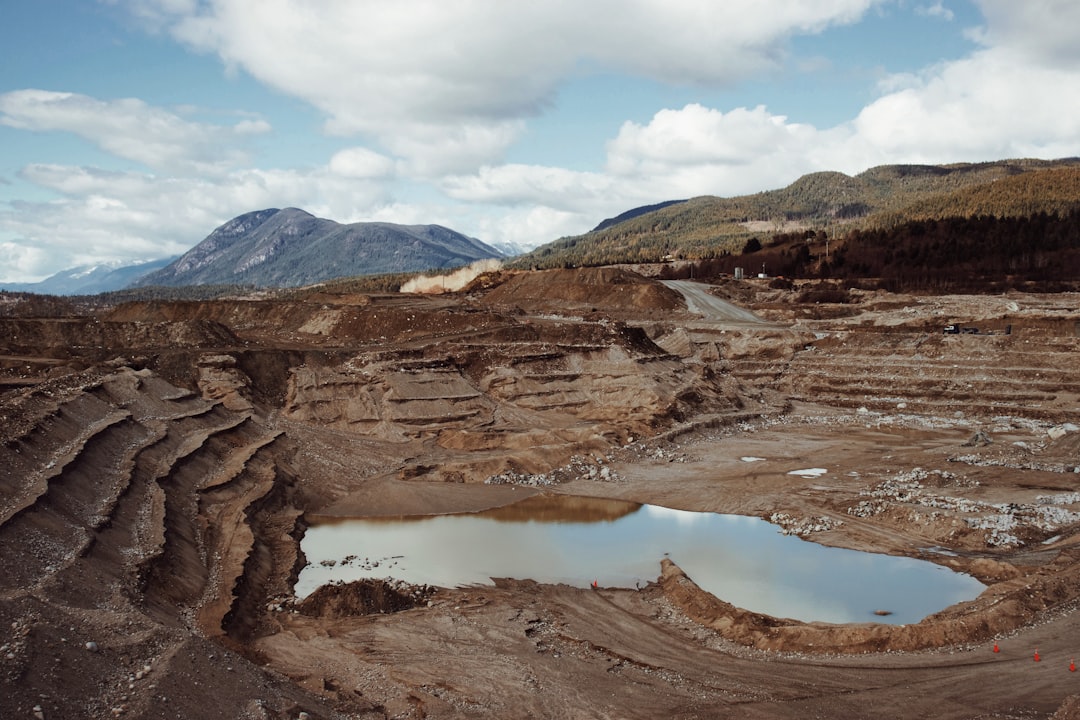What is it about?
Glacier plays an important role in paleoclimate research. We have shown two approaches to obtain robust mid-MIS3 climate based on paleo ice cap developed in Dalijia Shan during mid-MIS3. Furthermore, the climate drivers for MIS3 glacial advance have been discussed in this article.
Featured Image
Why is it important?
The Dalijia Shan is located in a transition region between the Tibetan Plateau and the Loess Plateau. There is no current glaciation in this area, but during the glacial-interglacial cycles of the Quaternary, Dalijia Shan was intensively and repeatedly glaciated, and many well-preserved moraines were formed. The glacial history of Dalijia Shan provides a promising opportunity to distinguish between global and regional climate change. The most extensive and oldest glacial advance event recorded on Dalijia Shan occurred during mid-MIS3 based on morphologic field investigation and cosmogenic 10Be exposure age dating. However, quantitative reconstructions of the regional climate during MIS3 are lacking for the northeastern Tibetan Plateau. The research reported in this paper was designed to produce a better understanding of climatic influences on the development of glaciers and to decipher the driving causes of glacial advance during mid-MIS3 in the Dalijia Shan region.
Read the Original
This page is a summary of: Mid-MIS3 climate inferred from reconstructing the Dalijia Shan ice cap, north-eastern Tibetan Plateau, Journal of Quaternary Science, August 2015, Wiley,
DOI: 10.1002/jqs.2802.
You can read the full text:
Contributors
The following have contributed to this page










